Slowly, With Earth Pushing Hard, A Confederacy Of Concern Develops
Circle of Blue Senior Editor Keith Schneider discusses how new energy-efficient, water-conserving, land-protecting operating principles are slowly becoming priorities around the world.
BENZONIA, Michigan — The role of a journalist is not hard to understand. We are translators. We sort through the myriad details of complex subjects and choose the most salient to build a narrative that is simpler for readers to understand.
There could not be a more important era to deploy that skill than now — the dismaying, dangerous, fabulous, primal decades of the 21st century. We are now 15 years into the 21st century. Underlying so much of the economic and ecological turmoil unfolding before us is a slow collision between the operating practices of the resource-wasting, vertically-managed 20th century and the much more crowded, polluted, and dangerous ecological and economic conditions of the 21st century.
The old order, in short, is coming apart. Think of it as a big building resting on a slippery, unstable foundation of mud.
20th vs. 21st Century
The 20th-century economic construct was about consuming wasteful amounts of water, energy, soil, and land to build big centralized projects — big power plants, big oilfields and mines, big transmission systems, big highway networks, big farms, big suburbs, big houses, big malls. Managing enterprises of such scale called for spending enormous sums of money on supplies — energy, water, food — and on equipment — trucks, cars, factories, water pipes, power lines, air conditioners. Keeping order required hierarchical, vertically integrated, massive institutions –governments, banks, industrial corporations, universities.
The enterprise worked for a short time in the developed West — about the last half of the 20th century — because it fit market conditions. Energy and water were plentiful and cheap. Land was available and comparatively inexpensive for farms and for suburbs. Populations were smaller and more stable. Government treasuries were growing and so were working class salaries. In the United States, ample government, business, and personal wealth built the roads, water systems, transmission networks, and supply lines that kept the enterprise running. In Michigan, where I live, factory workers owned boats and cottages along the shores of cold northern lakes, sent their children to college, and retired on generous pensions.
How quickly all of that melted away to produce the disruptive, confusing, and dangerous years of frustration here in the United States and across much of the world. Energy got expensive. The world population soared. Land became dear. Industrial competitiveness shifted from North America and Europe to Asia. Pollution levels soared. Droughts and floods and earthquakes caused billions of dollars in damage. The energy-consuming, water-wasting, and inordinately expensive “get big or get out” 20th-century formula for economic success is dying on the hot sands of ecological and economic distress.
Examples of the consequences are everywhere. There is no mistaking, for instance, the planet’s new capacity to drown cities with hurricanes — think New Orleans and New York — or wreck the Japanese nuclear sector with a tsunami. Fierce civic campaigns have erupted on six continents to stop new 20th-century style mega-energy projects and shut down existing installations. Campesinos in Peru shut down big new gold mines in the northern Andes. Rural villagers in northwest India shut down construction of a 2,000-megawatt hydropower dam on the Subansiri River.
Risk and Direction in Conflict
National governments are having a hard time dealing with all this. In India, the determined pursuit of 20th-century development goals has ravaged the land and turned almost every river black with filth. China does not have enough water to do all that its industrial developers envision, and its air is so dirty children are developing lung cancer. In the United States, public reluctance to spend the trillions of dollars that it will take to update the road, water, and electrical transmission networks that formed the foundations of the American way of life in the 20th century have translated into the “no new taxes” pledge that dominates suburban and rural elections.
It is not hopeless. As people start to comprehend this time of depleted resources, growing populations, and climate disruptions, the new conditions are yielding different rules of conduct. Think of cities and nations as robust gardens now being fed better nutrients, especially the fertilizer of human recognition and intelligence. Fifteen years into the 21st century, the outlines of a different way of life are coming into clearer focus. The garden, in effect, is just starting to grow in new ways.
For one, water-energy-land conservation, not profligate resource consumption, is rising to the top of the human priority list on every continent. Solar and wind energy are close to dominating electrical generation in northern Europe. Mongolia’s democracy hinges on a remarkably progressive suite of environmental statutes for preventing pollution and conserving water. In California, treated wastewater from sewage plants, not long ago shipped to the sea, is now used as a new source of fresh water for farming and drinking.
A second big trend is the move to decentralize economic management, power supply, food production and communications. The rise in the amount of locally produced fresh food in American and European markets is an example of the trend. Facebook announced that 1 billion people used its platform in a single day this week. Solar and wind energy in northern Europe are distributed on transmission systems not controlled by big utilities.
Adding to the Story
Since 2008, as a correspondent and editor reporting around the world for Circle of Blue, my colleagues and I embraced global trends in water supply and use as the central themes for helping to explain the new order that is coming to the world stage.
That story unfolded in three parts, and we are now adding a fourth. First was reporting from Australia, China, and across the United States to understand the economic and ecological choke points caused by rising energy demand and diminishing freshwater supplies.
Second was understanding the farm sector’s demand for water and the risks to global grain supplies.
Third, we reported from the Himalayas, Texas, California, Ohio, and Brazil about the turn in the Earth’s temperament. More people, more communities, and more industrial projects are in the path of more powerful floods, droughts, storms, tsunamis, heat waves, cold snaps, earthquakes, wildfires, and plagues. Every corner of the planet is affected. It is not just Ebola escaping the jungles of West Africa, or poison algae that last year shut down Great Lakes drinking water systems.
This week the United States considers the 10th anniversary of Hurricane Katrina. Since Katrina’s storm surge drowned New Orleans, another hurricane drowned New York. Wildfires tore through mountain neighborhoods in Colorado Springs. Tornadoes killed a record number of Great Plains citizens. Droughts in Texas and California idled power plants and cropland. Snowstorms regularly crippled the air traffic control network. An avalanche of mud tore through a town in Washington state.
Fourth Chapter: What is Working
Which draws us to the fourth chapter in our story: the slowly evolving work in select regions around the world to recognize the risks and respond. You will not find any of this work in the leadership of the U.S. House or U.S. Senate. But you will find it emerging in a small group of national governments — Germany, Denmark, Costa Rica — and in many, many more municipal and regional governing institutions.
More so than any state in the United States, and nearly any region of the world, the people in charge of California have shown a capacity to recognize and reckon with deep drought, high heat, sea level rise, and several more of the high-risk ecological realities of the 21st century. The result is a state that has set out on a very new path for building its economy and sustaining quality of life on a foundation of legal requirements fit for the time — drastically reducing climate emissions, increasing energy efficiency, requiring net zero energy use in new buildings, conserving water, and electrifying transportation.
Another really interesting example of a place pursuing a new path is Nord-Pas de Calais in northern France. One of the first regions in Europe to industrialize in the 19th century, Nord-Pas de Calais by the late 20th century was an economically and ecologically distressed area of spent coal mines, mountains of slag, and slipping villages full of elderly residents.
Municipal governments, supported by business and citizen organizations, are now pursuing a new development plan designed by Jeremy Rifkin, an American economist and author of “The Third Industrial Revolution,” to become a high-tech center of manufacturing innovation, renewable energy production, and water and energy efficiency. Billions of francs are pouring into the effort, which will be showcased during the United Nations climate change conference in Paris in December.
As a journalist reporting from around the world since 2008, I have helped to outline the relationships between converging trends around access to energy, water, and food. Much of that work focuses on the myriad perils of a world growing warmer, drier, and more crowded.
Now the moment to pivot to a new chapter in the story has arrived. It is essential that my colleagues and I help the world identify the places, and report on the practices, that are making economies more secure and human life safer.
— Keith Schneider,
Senior Editor
How are leaders in your area responding to the changing conditions of the 21st century? What is working, and what is not? Comment below or contact Keith Schneider directly, or on Twitter @modeshift.
Circle of Blue’s senior editor and chief correspondent based in Traverse City, Michigan. He has reported on the contest for energy, food, and water in the era of climate change from six continents. Contact
Keith Schneider

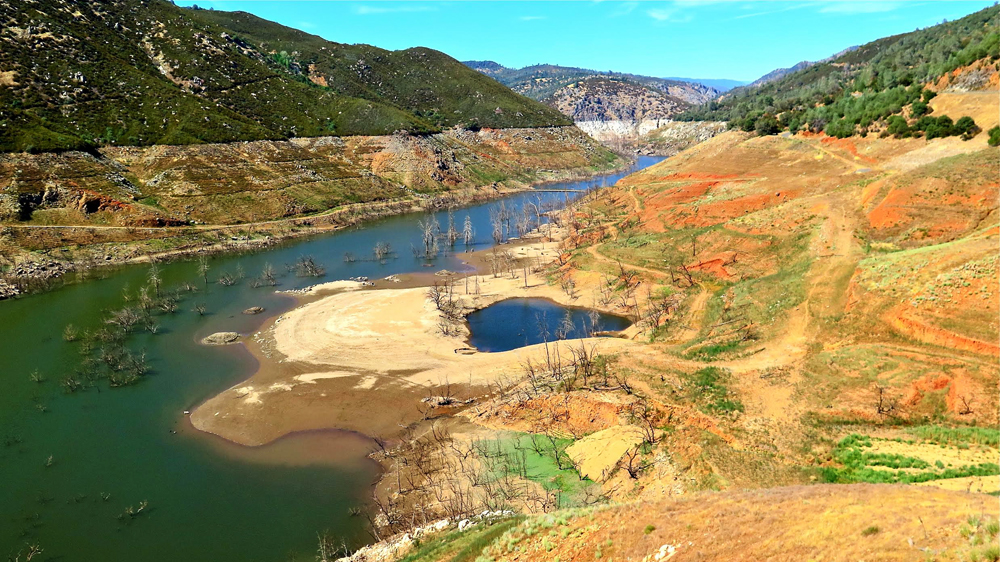
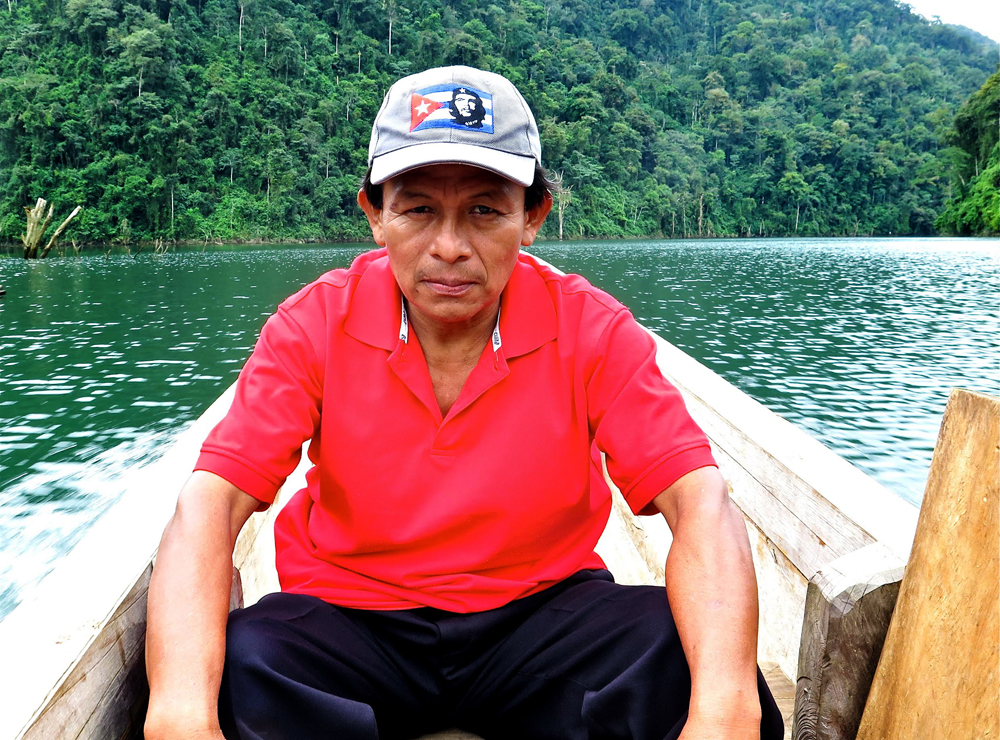
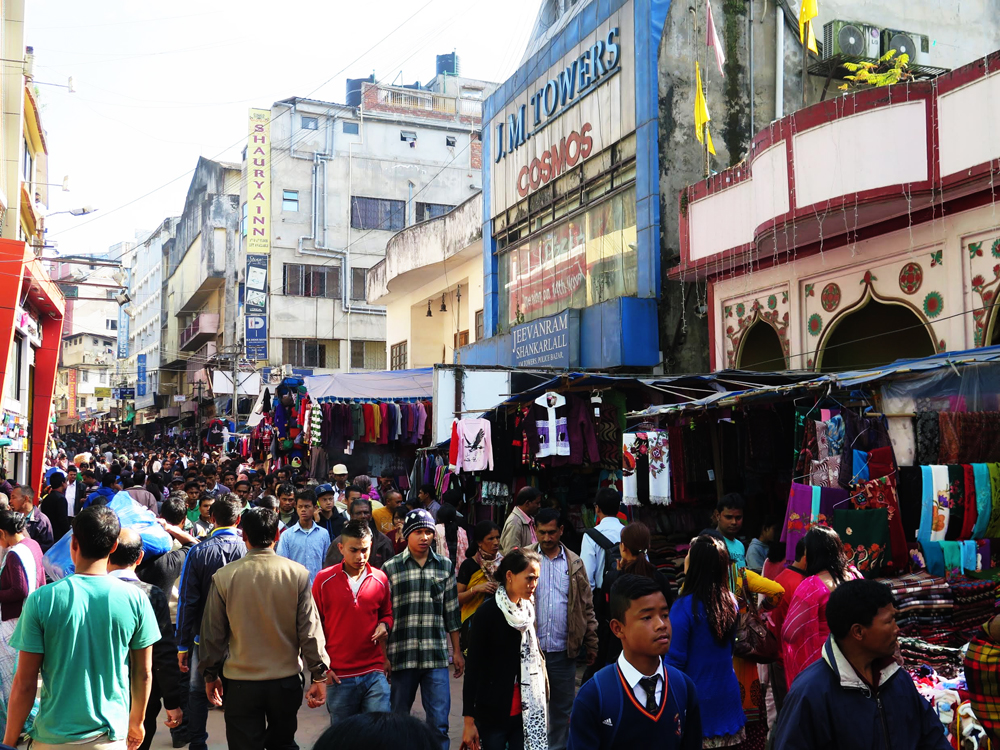
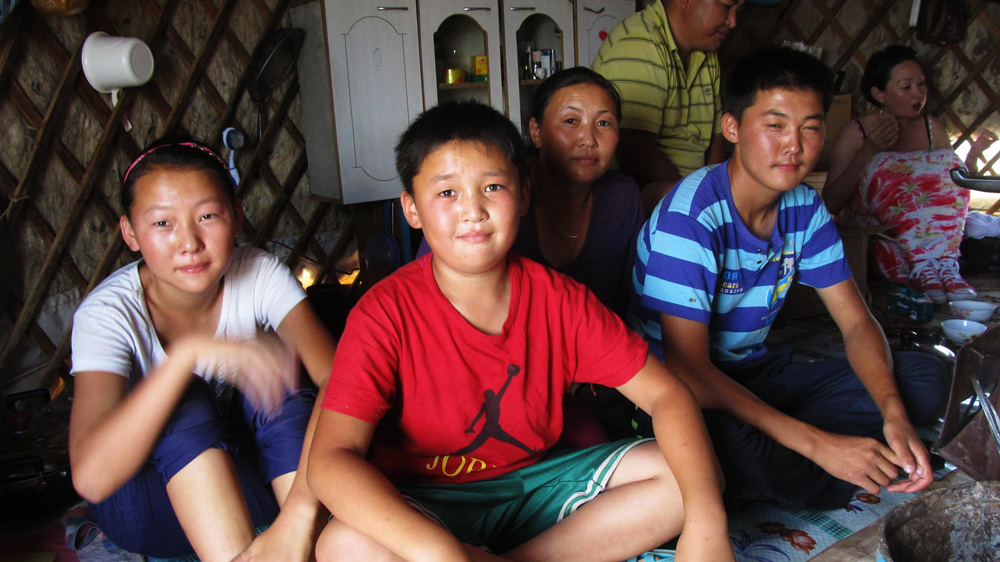

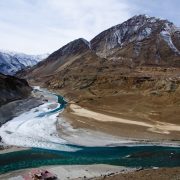
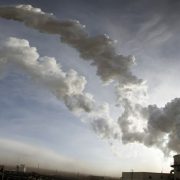
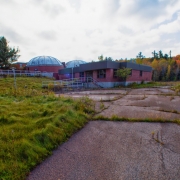
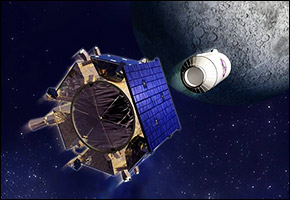


California emits over 459 million Toxic Tons of Carbon Dioxide a year, it has Solar policies that handcuff Home Owners, it is not a Sustainable model for our kids Future.
In Dec. World Leaders are to meet in Paris to discuss Global Warming, at issue is the amount of greenhouse gases we our emitting, and their plan of action, to Stop this Heating Up and Burning Up our Planet !
23,000 Fire Fighters, Fighting Fires in California, Washington, Oregon, and Montana, 8 / 22 / 2015.
Globally we our emitting 40 – 50 Billion Toxic Tons of Carbon Dioxide a Year.
The United States emitted 6.8 Billion Toxic Tons of Carbon Dioxide in 2014
In the 1850s – 1870s parts per million of Carbon in our atmosphere was between 260 – 280.
In the 1980s, there was 350 ppm of Carbon.
2015 – 404 ppm in Our Atmosphere.
We have passed the 1C. baseline Temp Increase !
India, Pakistan, Japan, and the Middle East, Record Breaking, Killing Heat Waves !
The Pacific Ocean is 3 – 8 degrees warmer than Normal, and flowing in to the Arctic Ocean !
Massive Whales, Salmon, Starfish, Sea Lions, Sea Stars, Sea Urchins, and Bird Die – Offs !
The Jet Stream is acting like a balloon that is loosing air.
The Arctic Ice and Snow may be gone at the end of this Summer or Next. A Huge Natural Cooler for the Northern Hemisphere, that no man or woman has ever lived without !
The meeting in Paris, should be about Closing the Fossil Fuel Faucet.
“Professor Chris Field is bullshitting the planet. On whether 1.5C is still feasible” Kevin Hester
“The message is already clear, that if the world does want to strive to limit warming to 1.5C or less, we don’t have very much of the carbon budget left.” Professeor Chris Field
“There is no carbon budget any more and 5C is baked in according to both Shell petroleum and the International Energy Authority. ” Kevin Hester
“Chris Field is the founding director of the Carnegie Institution’s department of global ecology and professor for interdisciplinary environmental studies at Stanford University. He is the co-chair of the Intergovernmental Panel on Climate Change’s (IPCC) working group two (WGII) and US nominee for the chair of the IPCC.”
With people like this driving the IPCC you can see why we are all done for.” Kevin Hester.
There is No Carbon Budget
California emitted 459 Toxic Tons of Carbon Dioxide in 2014.
Gov Browns call to reduce this to 1990 levels so we can continue to emit over 400 million Toxic Tons a year, will not help us stop or slow down Global Warming and Sea Levels Rising.
“Updates to the 2020 Limit.
Calculation of the original 1990 limit approved in 2007 was revised using the scientifically updated IPCC 2007 fourth assessment report (AR4) global warming potentials, to 431 MMTCO2e. Thus the 2020 GHG emissions limit established in response to AB 32 is now slightly higher than the 427 MMTCO2e in the initial Scoping Plan.” Ca. Gov. Data
What will the Temp. be at 415 ppm ?
“Ice sheets contain enormous quantities of frozen water. If the Greenland Ice Sheet melted, scientists estimate that sea level would rise about 6 meters (20 feet). If the Antarctic Ice Sheet melted, sea level would rise by about 60 meters (200 feet).” National Snow and Ice Data Center.
When will Sea Level Rise to 220 – 300 Feet ? 2020 ? 2025 ? ?
What will the ppm of Carbon be when this happens ?
As of Now, they are talking about capping GHGs at 450 ppm.
What will the Temp. be at 450 ppm ?
We must transition to 100% Renewable Energy
Implement a California Residential and Commercial Feed in Tariff.
California Residential Feed in Tariff would allow homeowners to sell their Renewable Energy to the utility, protecting our communities from, Global Warming, Poison Water, Grid Failures, Natural Disasters, Toxic Natural Gas and Oil Fracking.
A California Commercial FiT in Los Angeles, Palo Alto, an Sacramento Ca. are operating NOW, paying the Business Person 17 cents cents per kilowatt hour.
Sign and Share this petition for a California Residential Feed in Tariff.
http://signon.org/sign/let-california-home-owners